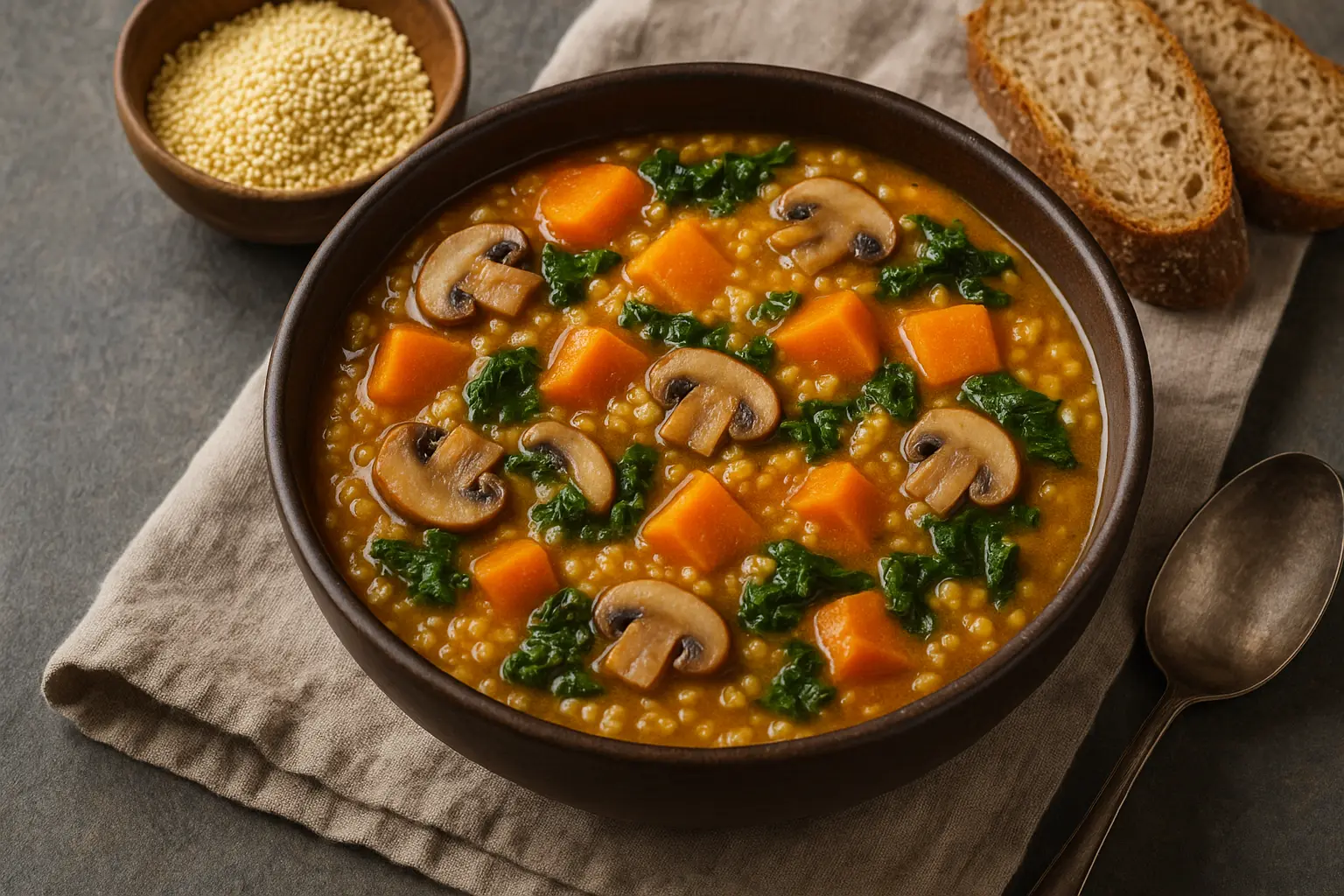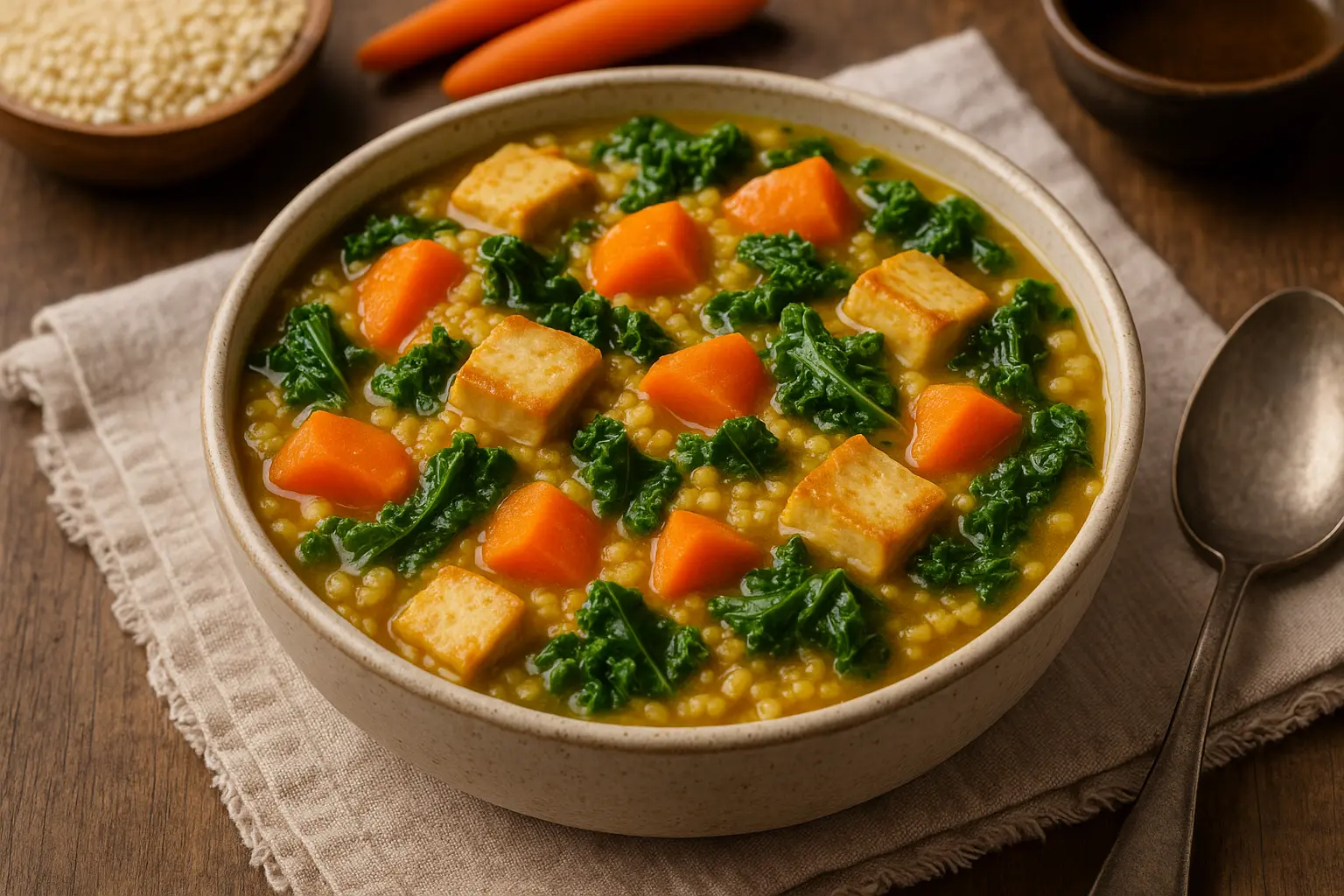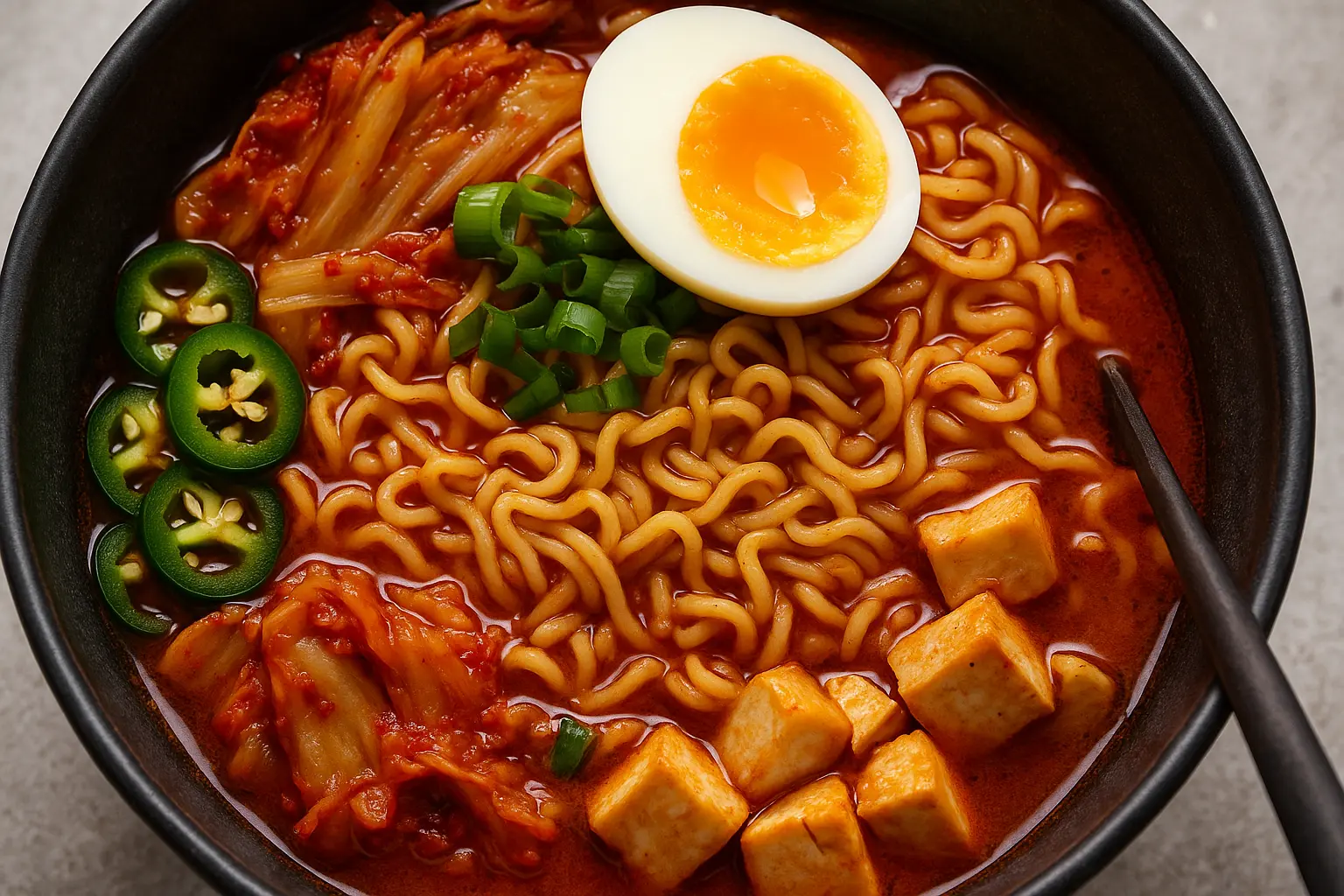When the days grow shorter and the nights colder, we all crave meals that warm us from the inside out. Soups simmering on the stove, porridge bubbling away in a pot, and hearty casseroles layered with wholesome grains—these foods don’t just fill our stomachs, they comfort our souls.
One ingredient that shines in winter cooking yet often remains overlooked is millet. This ancient grain, naturally gluten-free, highly nutritious, and incredibly versatile, has been a staple across Asia and Africa for thousands of years. Today, millet is making a well-deserved comeback in kitchens worldwide, especially among those who value wholesome, plant-based, and sustainable food choices.
In this article, we’ll explore why millet is perfect for chilly days, its nutritional benefits, and an array of warming millet recipes ranging from breakfast porridges to hearty stews, vegan dinners, and even guilt-free desserts.

Why Millet is a Winter Superfood
Before diving into recipes, let’s understand what makes millet so special:
Nutrient-Dense Grain
Millet is packed with essential nutrients including magnesium, iron, calcium, and B-vitamins. These support immunity and energy production—critical in winter when we often feel sluggish.High in Protein & Fiber
Unlike refined grains, millet is rich in dietary fiber and plant-based protein. This means it keeps you full for longer and helps regulate blood sugar levels—ideal for cozy evenings at home.Naturally Gluten-Free
For those avoiding wheat, barley, or rye, millet is a safe and nourishing option. It works beautifully in gluten-free cooking and baking.Warming Energy
In Ayurvedic and traditional Chinese medicine, millet is considered a warming food. Its energy helps balance the cold, damp qualities of winter, making it especially comforting when the temperature drops.
Types of Millet You Can Use
There are several varieties of millet, and each has its unique flavor and texture:
Foxtail Millet – Mild, slightly nutty, quick-cooking.
Pearl Millet (Bajra) – Earthy, robust, and hearty, often used in Indian winter breads.
Finger Millet (Ragi) – Rich in calcium, used for porridges and flatbreads.
Little Millet / Barnyard Millet – Light, delicate, perfect for soups.
Proso Millet – Neutral flavor, easy substitute for rice or quinoa.
When cooking, feel free to use whichever millet is available to you. Most recipes can be adapted across different millet types.
Millet Recipes for Chilly Days
1. Creamy Spiced Millet Porridge (Vegan, Gluten-Free)
A bowl of warm porridge is the ultimate winter breakfast. Millet porridge is creamy, filling, and can be spiced to perfection.
Ingredients:
1 cup foxtail millet (soaked overnight)
3 cups almond or oat milk
1 cinnamon stick
½ tsp ground nutmeg
1 tbsp maple syrup or jaggery
Handful of toasted nuts & dried fruits
Method:
Rinse soaked millet and cook with plant-based milk.
Add cinnamon and nutmeg, simmer until creamy.
Sweeten with maple syrup, top with nuts and dried fruits.
Why it’s perfect for winter:
This porridge is warming, spiced, and keeps you satisfied all morning.
2. Hearty Millet & Lentil Soup
Soups are the heartbeat of winter comfort, and millet makes them even heartier.
Ingredients:
½ cup millet
1 cup red lentils
2 carrots, chopped
2 celery stalks, chopped
1 onion, diced
1 tsp cumin
1 tsp smoked paprika
6 cups vegetable broth
Method:
Sauté onion, carrot, and celery with spices.
Add lentils, millet, and broth.
Simmer until soft, about 30–40 minutes.
Serve with fresh parsley or coriander.
This soup is vegan, gluten-free, Whole30-friendly, and the perfect antidote to winter chills.
3. Pearl Millet Flatbreads (Bajra Roti)
In many Indian households, pearl millet flatbreads are a winter tradition. These earthy, slightly nutty rotis pair beautifully with curries and stews.
Ingredients:
2 cups pearl millet flour
Warm water (as needed)
Pinch of salt
Method:
Mix flour with warm water and salt to form dough.
Roll out flatbreads and cook on a hot skillet.
Serve with vegetable curry or lentil dal.
These breads are naturally gluten-free and provide deep warmth in cold weather.
4. Millet & Mushroom Risotto (Vegan Comfort)
Swap Arborio rice with millet for a wholesome take on risotto.
Ingredients:
1 cup millet
2 tbsp olive oil
2 cups mushrooms, sliced
1 onion, finely chopped
3–4 cups vegetable broth
2 tbsp nutritional yeast
Fresh parsley
Method:
Toast millet lightly.
Sauté mushrooms and onion in olive oil.
Gradually add broth while stirring until creamy.
Stir in nutritional yeast for a cheesy flavor.
5. Spiced Millet Pilaf with Winter Vegetables
Perfect as a main dish or a side, millet pilaf highlights seasonal vegetables.
Ingredients:
1 cup millet
1 sweet potato, cubed
1 cup kale or spinach
½ cup peas
1 onion
1 tsp turmeric, ½ tsp cinnamon
2 cups vegetable broth
Method:
Toast millet, then cook with broth.
In another pan, sauté onion, sweet potato, peas, and greens with spices.
Combine with cooked millet and fluff with a fork.
This dish is warming, colorful, and packed with nutrients.
6. Millet & Chickpea Stew (Whole30-Friendly)
A cozy one-pot meal that checks every box: hearty, protein-packed, and comforting.
Ingredients:
1 cup millet
1 can chickpeas (or freshly cooked)
1 zucchini, diced
1 cup pumpkin or butternut squash
1 can coconut milk
1 tbsp curry powder
4 cups vegetable broth
Method:
Cook millet separately.
In a pot, simmer vegetables, chickpeas, and spices with broth and coconut milk.
Stir in millet before serving.
The creamy coconut milk makes this dish feel indulgent while staying healthy.
7. Baked Millet Casserole with Spinach & Tofu
This is a hearty dinner dish, perfect for cold evenings.
Ingredients:
2 cups cooked millet
1 block tofu, cubed
2 cups spinach
1 onion
2 cloves garlic
1 tsp oregano, 1 tsp thyme
½ cup almond milk
Method:
Sauté onion, garlic, and tofu.
Add spinach and herbs.
Mix with cooked millet, pour in almond milk, and bake at 180°C for 20 minutes.
8. Sweet Millet Pudding with Dates & Nuts
A warm dessert to end the day.
Ingredients:
1 cup finger millet flour (ragi)
3 cups almond milk
½ cup dates, chopped
¼ cup chopped almonds & cashews
1 tsp cardamom
Method:
Roast millet flour until fragrant.
Slowly add almond milk, whisking.
Add dates, nuts, and cardamom.
Serve warm.
Tips for Cooking Millet in Winter
Toast Before Cooking – Lightly toasting millet enhances its nutty flavor.
Use Broth Instead of Water – Adds richness and depth to savory dishes.
Pair with Seasonal Vegetables – Squash, pumpkin, carrots, and leafy greens work best in winter.
Batch Cook for Meal Prep – Millet stores well in the fridge, making it great for weekly meal prep.
Conclusion: A Grain for Warmth and Nourishment
Millet is not just another grain—it’s a winter hero. From porridges and soups to casseroles and puddings, millet adapts beautifully to warming recipes that comfort and nourish on cold days. With its high nutritional value, versatility, and naturally gluten-free properties, millet deserves a permanent place in your pantry this winter.
So next time the temperature drops, skip the refined carbs and bring out the millet. Your body—and taste buds—will thank you.
Leave a comment
Your email address will not be published. Required fields are marked *




















